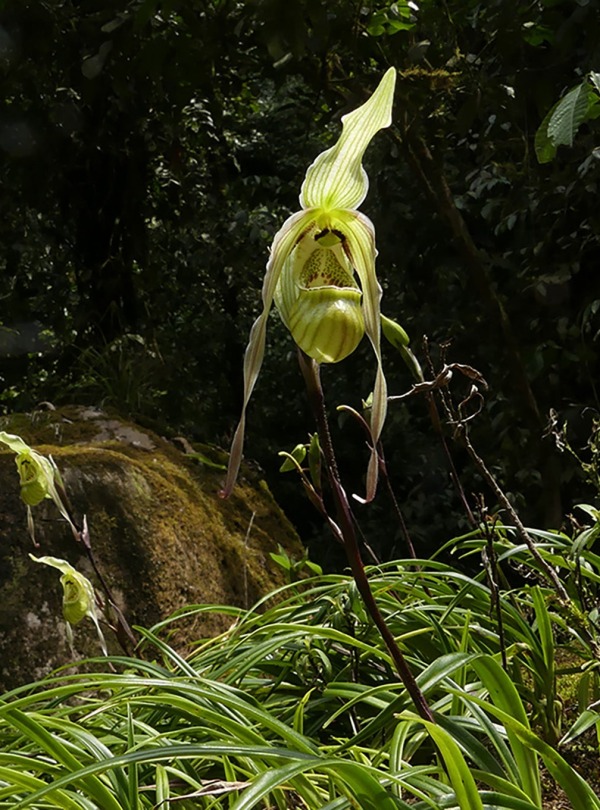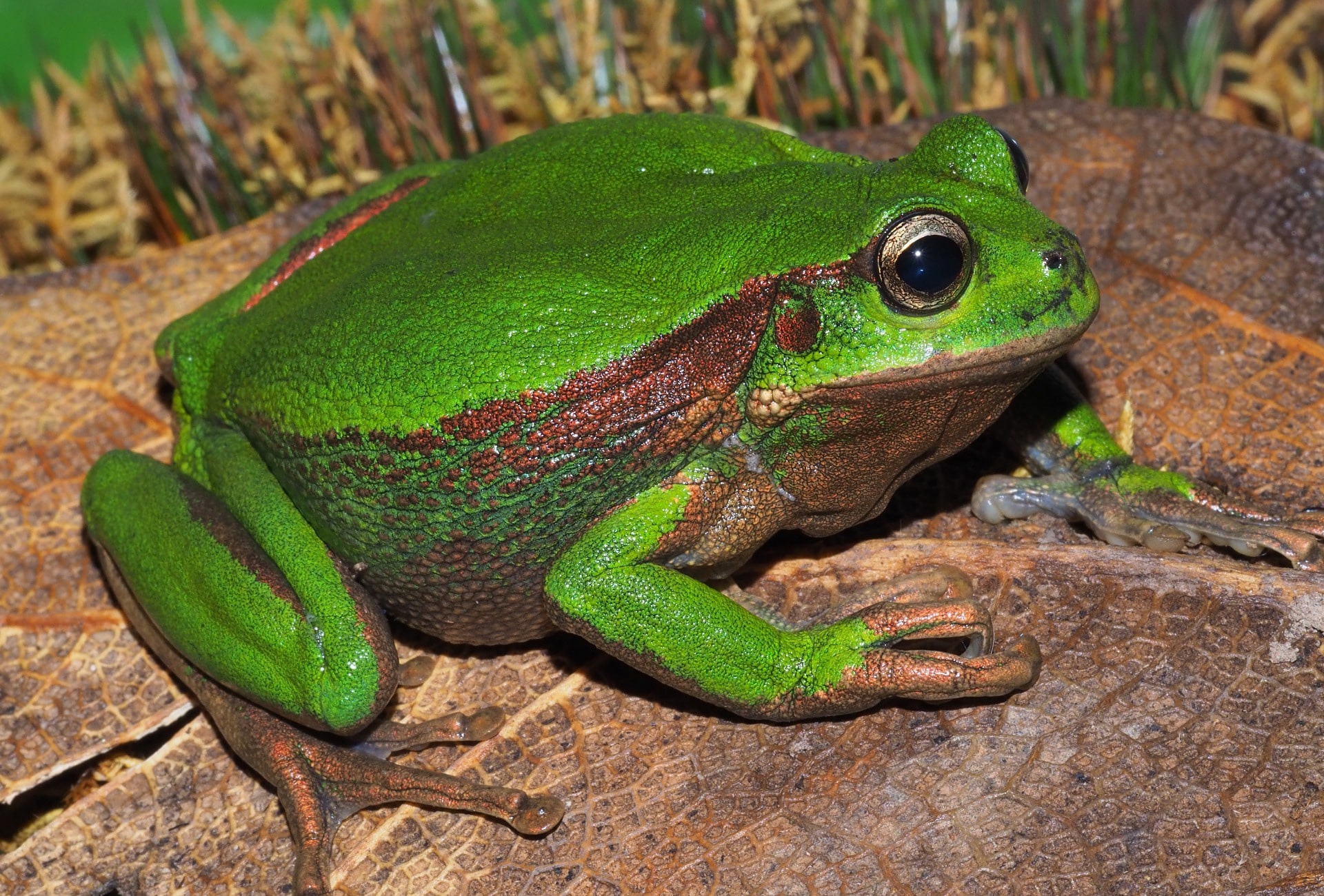
Save Critically Endangered Amphibians and Thousands of Threatened Species
Support more work like this!Support more work like this!The Abra de Zamora region of southeastern Ecuador is a hotspot for biodiversity and endemism.
-
Species at Risk
Morona-Santiago Stubfoot Toad (CR), Loja Water Frog (CR), Black-and-chestnut Eagle (EN), Atelopus podocarpus (CR), Rhinella amabilis (CR)
-
Carbon stored
887,696*
*(metric tons of CO2 equivalents) -
Partner
Nature and Culture International–Ecuador (NCI)
-
4,814 Proposed Acres Conserved by
Purchase
Please note that your donation may not be immediately reflected in the funding thermometer above.
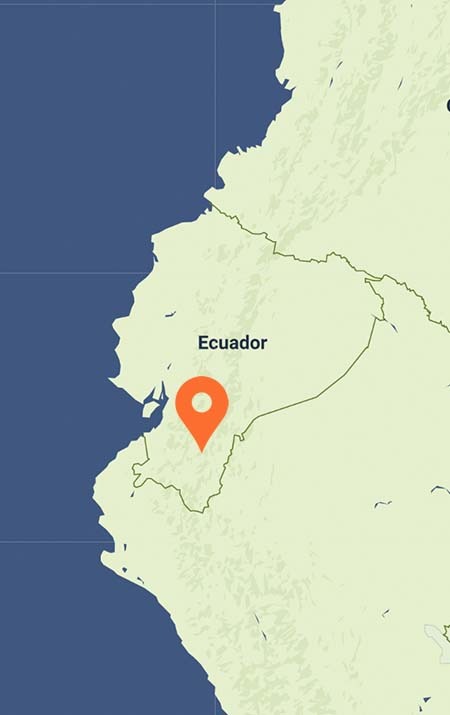
4,814
The Abra de Zamora region of southeastern Ecuador is a hotspot for biodiversity and endemism.
-
Species at Risk
Morona-Santiago Stubfoot Toad (CR), Loja Water Frog (CR), Black-and-chestnut Eagle (EN), Atelopus podocarpus (CR), Rhinella amabilis (CR)
-
Carbon stored
887,696*
*(metric tons of CO2 equivalents) -
Partner
Nature and Culture International–Ecuador (NCI)
-
4,814 Proposed Acres Conserved by
Purchase
Please note that your donation may not be immediately reflected in the funding thermometer above.

4,814
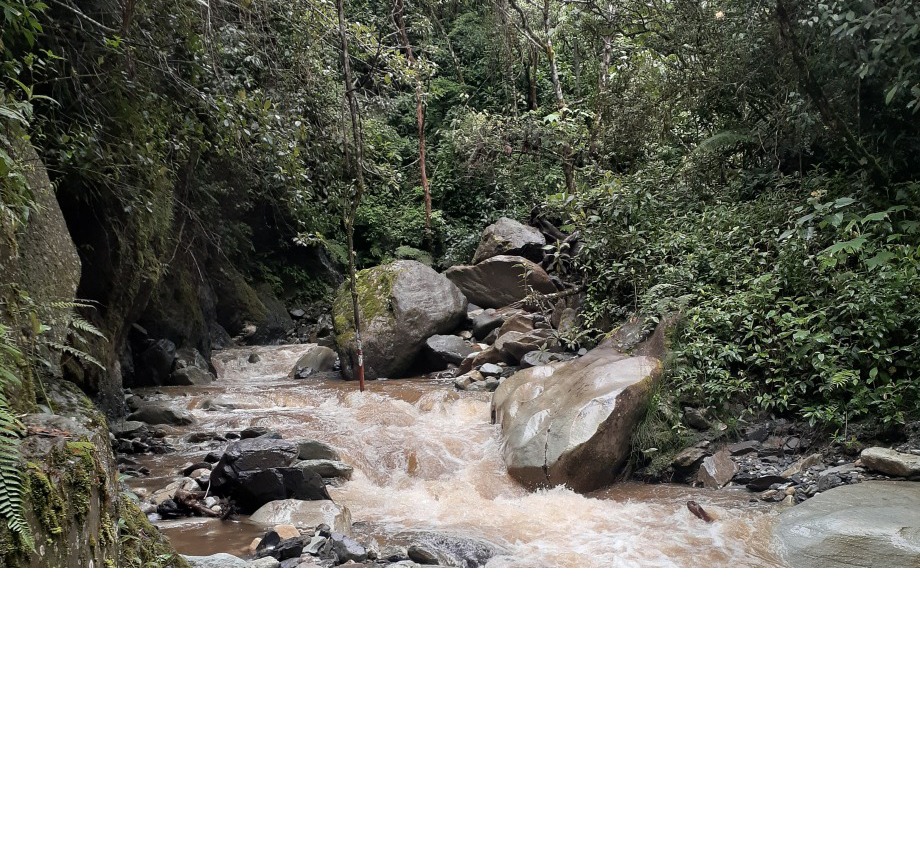
17% PROTECTED
Thanks to the support of our loyal donors, we are happy to report that 797 acres of the expected 4,814 total acres have been protected. Rainforest Trust and our local partner, Nature and Culture International-Ecuador, continue to work to safeguard the remaining acres.
The Abra de Zamora region of southeastern Ecuador is a hotspot for biodiversity and endemism. But this exceptionally rich habitat and the species living here are threatened by encroaching deforestation, degradation and development.
Rainforest Trust and our partner, Nature and Culture International-Ecuador (NCI-Ecuador) plan to purchase 4,814 acres of critical habitat within the northern buffer zone of the 360,000-acre Podocarpus National Park to safeguard many endemic amphibians as well as the Black-and-chestnut Eagle (EN) and more than 4,000 species of plants.
Lying between the Central and Eastern mountain ranges of the Andes, this transition zone is an intersection of four ecosystems with dramatic changes in elevation. With 29 species of amphibians in this area, 11 are considered endemic to Abra de Zamora and 12 are considered new-to-science. They include Morona-Santiago Stubfoot Toad (CR), Loja Water Frog (CR), Atelopus podocarpus (CR), Rhinella amabilis (CR), Pristimantis vidua (EN) and Pristimantis atratus (EN). Many of these amphibians have only been recorded in the Abra de Zamora area and their habitats are extremely fragile. These restricted-range amphibian populations can easily be obliterated if any one of their small habitats is destroyed.
In addition to safeguarding many rare species, this vital habitat—once protected—will permanently lock up 887,696 metric tons of CO₂ equivalents, comparable to 99.9 million gallons of gasoline consumed.
(Header photo: Gastrotheca, photo courtesy of EcoSs Lab/UTPL)
Explore Abra de Zamora
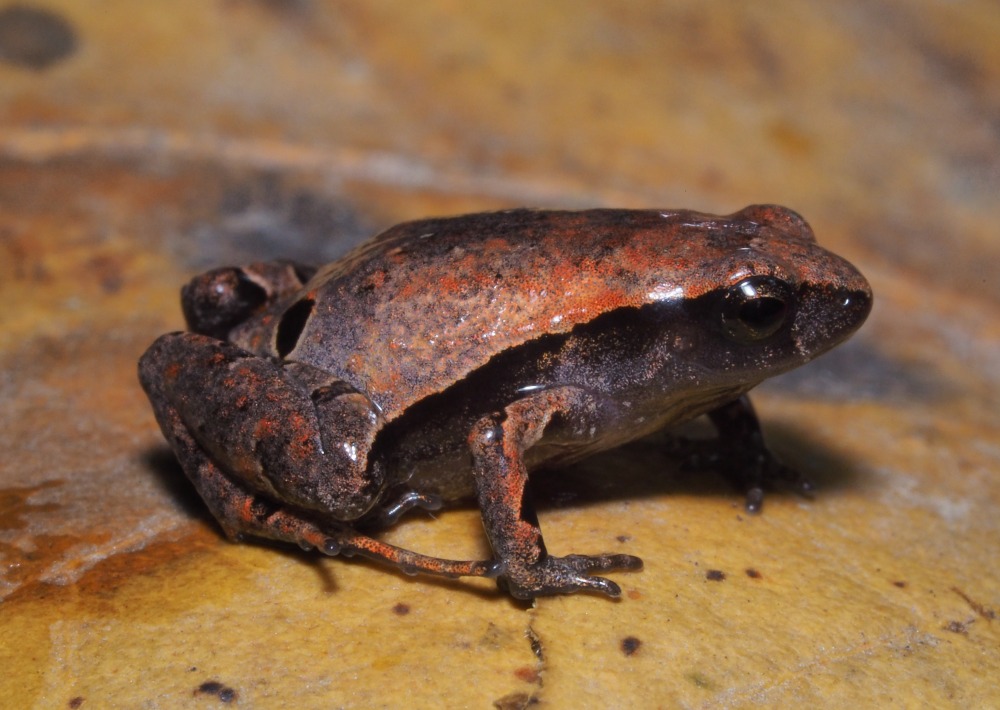
Noblella heyeri, photo courtesy of EcoSs Lab/UTPL
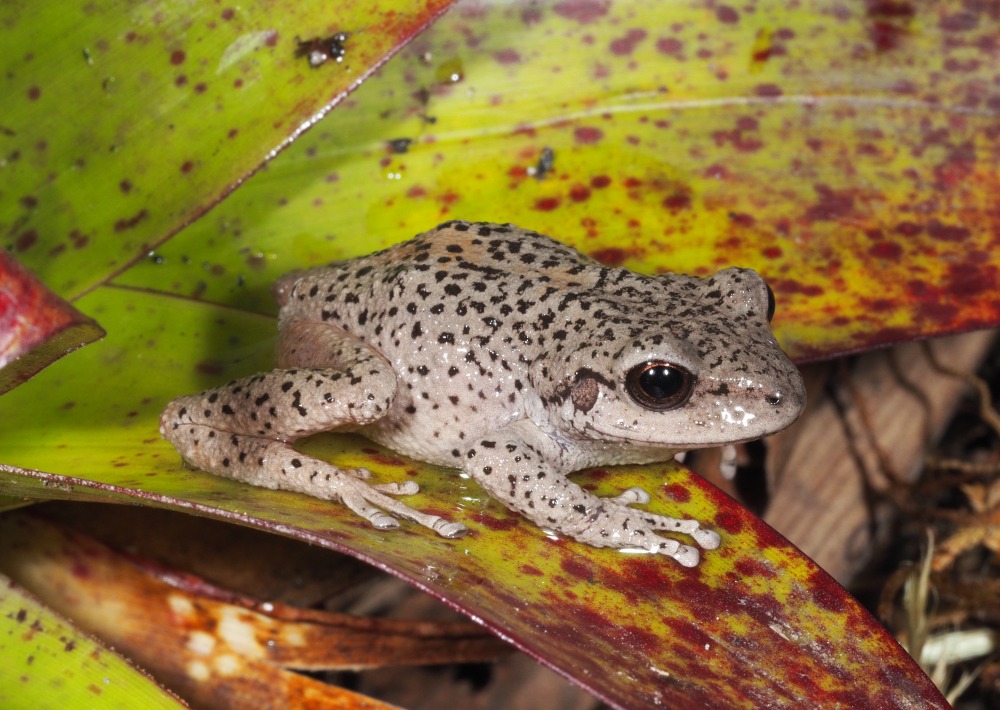
Pristimantis balionotus, photo courtesy of EcoSs Lab/UTPL
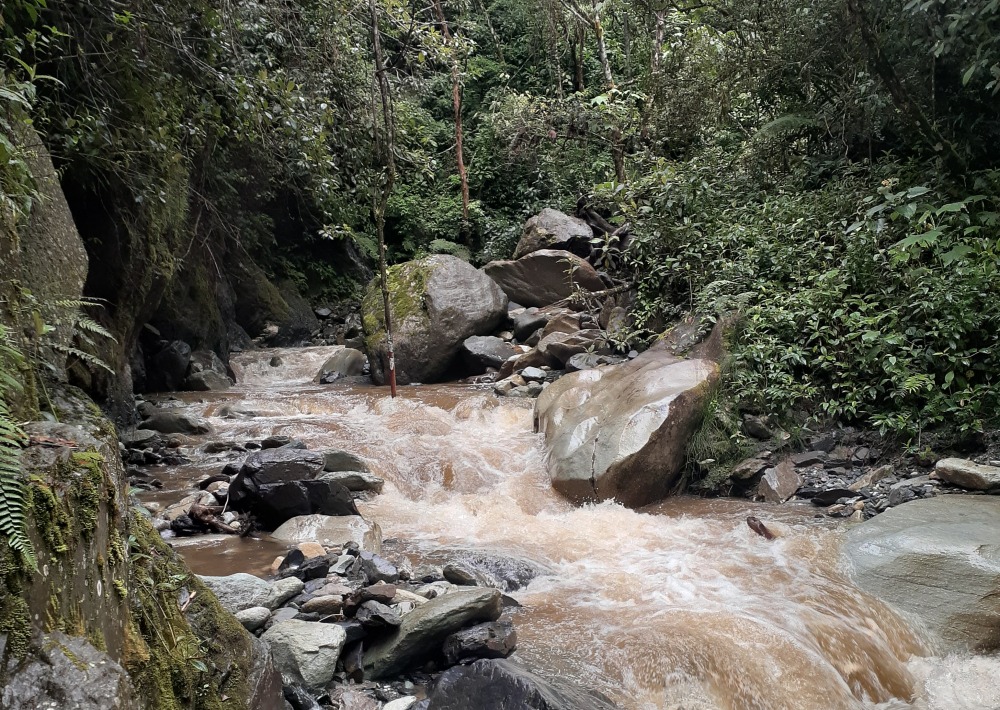
Photo from the Abra de Zamora region, courtesy of NCI
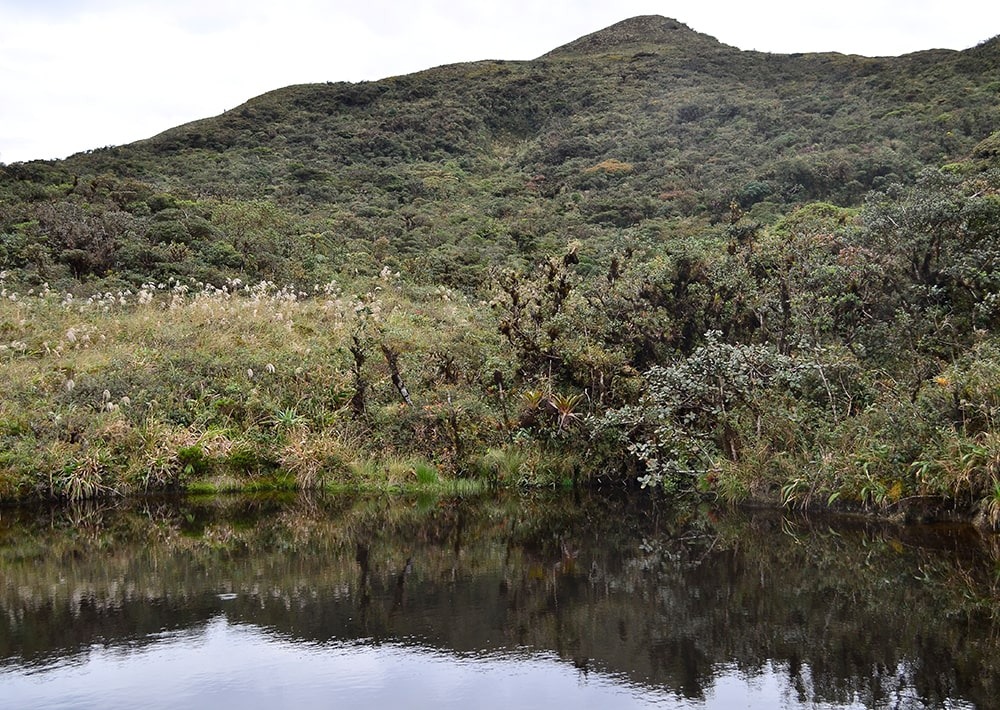
Photo from the Abra de Zamora region, courtesy of EcoSs Lab/UTPL
Did you know?
Species of amphibians are found in this area, with 11 endemic to Abra de Zamora and 12 new-to-science
Safeguard rare, restricted-range amphibians and thousands of species
The diversity and endemism found in this complex landscape is not limited to amphibians. Other threatened species in this region include the Vulnerable Spectacled/Andean Bear. Podocarpus National Park is also one of the most diverse and important areas for birds, with nearly 600 species registered. Several threatened species have been documented here, including the Black-and-chestnut Eagle (EN). In addition, more than 4,000 species of plants have been recorded to date, excluding epiphytes, lichens and mosses.
Protect this habitat from deforestation
This species-rich habitat is threatened by deforestation and degradation due primarily to burning of páramo for cattle grazing and inefficient farming practices. Additionally, the area’s proximity to Loja, a major city, has brought increased development as city-dwellers relocate to this area. These activities are a serious threat to range-restricted amphibian populations that could easily be entirely obliterated if any one of their small habitats is destroyed. As more land is lost, these amphibians and other species have nowhere left to go.
Support Proactive Conservation Methods
Once the land is purchased, our partner, NCI-Ecuador, will work with the local government to incorporate the land into the Podocarpus National Park. This will include collaborating with park staff to create a conservation management plan with the local scientific and academic community, training park rangers and raising awareness of the importance of this habitat with local residents.
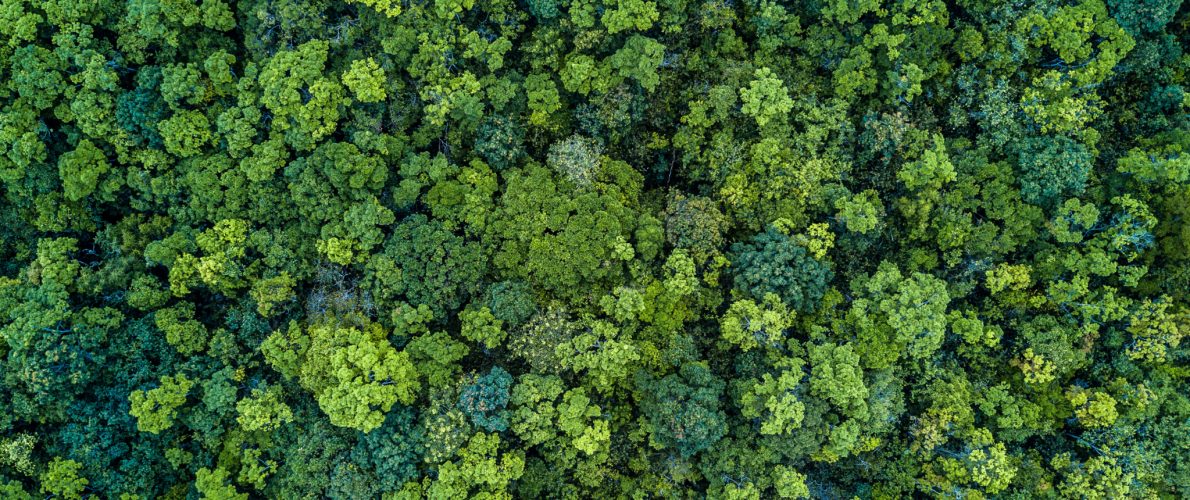
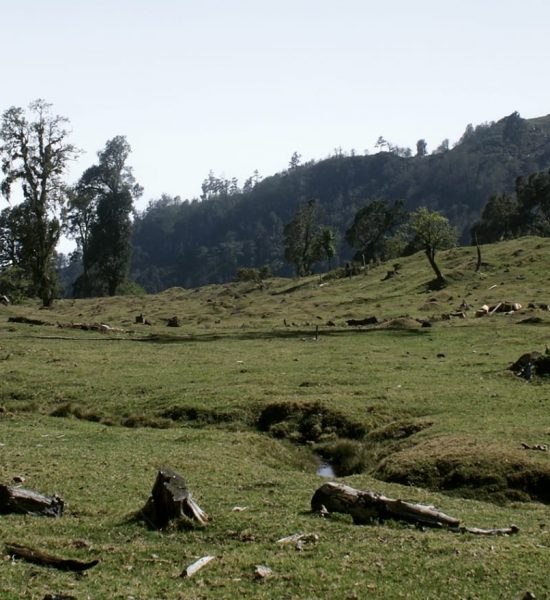
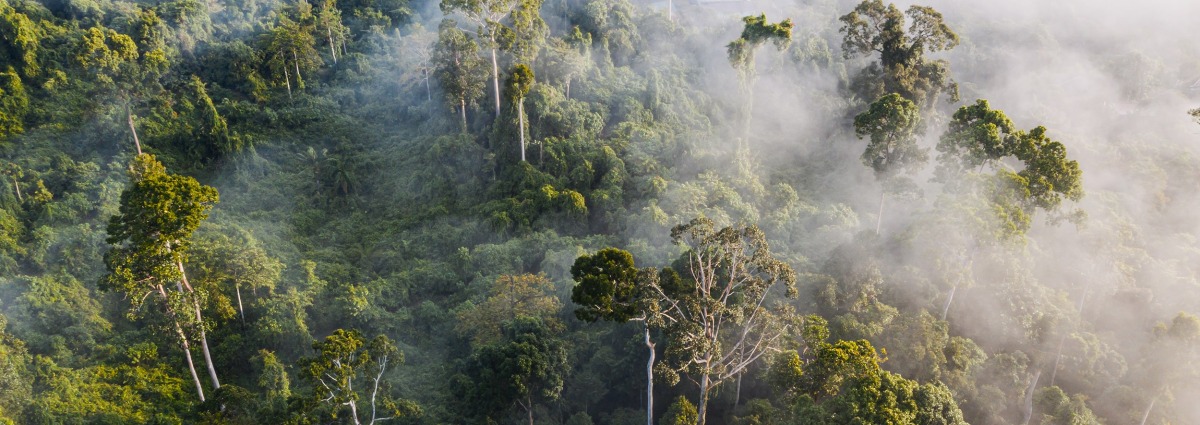
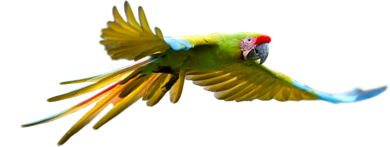
We Value Transparency.
Conservation work is critical, challenging, and can be costly. We work hard to ensure we raise only the funds needed for each project. In the rare case we raise more money than needed or a project comes in under budget, excess monies will be transferred to the Conservation Action Fund. This fund supports our important conservation work throughout the tropics.
Learn more about the Conservation Action FundLearn more about the Conservation Action Fund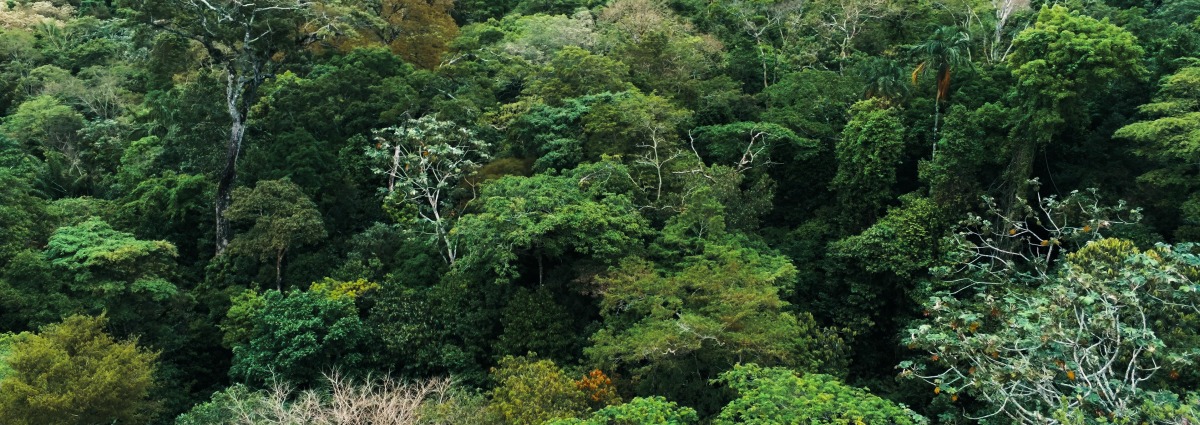
Partnering to Save Rainforest
Our partners’ ability to work with their governments and build strong connections with local communities ensures the successful implementation of our projects.
Learn More About This PartnerLearn More About This PartnerSign up to receive the latest updates
"*" indicates required fields
100% of your money goes to our conservation efforts
Our board members and other supporters cover our operating costs, so you can give knowing your whole gift will protect rainforests.

